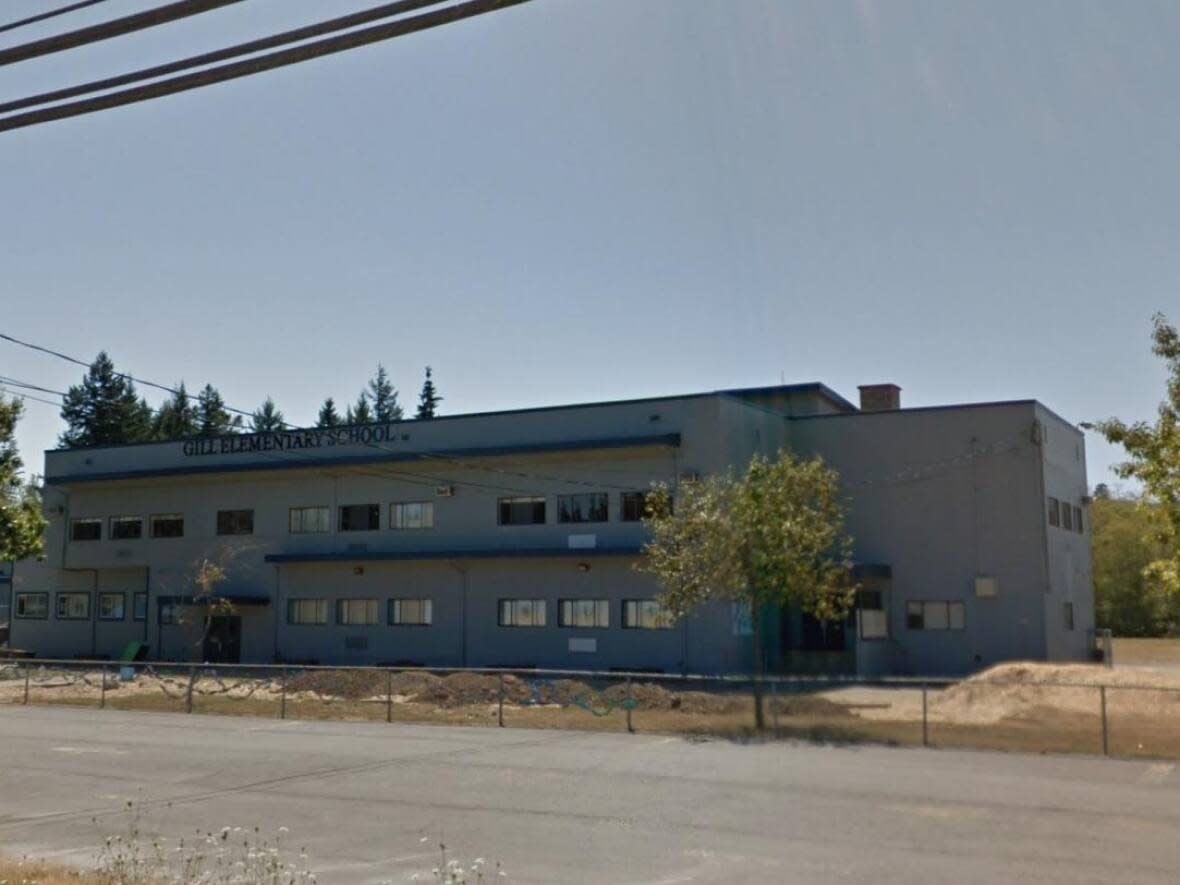Vancouver Island First Nation buys Port Alberni school to look for ancestral burial grounds

The Hupacasath First Nation has finalized a deal to purchase an elementary school in Port Alberni, which was built on its ancestral burial grounds over 100 years ago.
The nation's chief says they plan to survey the property around Gill Elementary School to map remaining artifacts and burials on the grounds.
"Members are happy," said Chief Councilor Brandy Lauder. "There's going to have to be a whole bunch of strategic planning, and you know, discussions with members of how we're going to go forward with this after we figure out where the burials are."
In a joint statement from the Hupacasath First Nation and School District 70 Pacific Rim, Lauder explained that Hupacasath has resided on the Ahahswinis Village site for more than 6,000 years.
"We are very happy to regain the school lands back to Hupacasath."
Burial grounds pre-date colonization
According to the statement, the sale of the school on Beaver Creek Road will be finalized in April. The school has been closed since 2015 and has been used as a storage facility for the district, according to local media reports.
Lauder couldn't say what the sale price is for the school but said it will be over a million dollars.
She says the ancestral remains of Hupacasath members were first discovered when Gill school was being expanded from a log cabin to a schoolhouse in the early 1900s.
"Our members were clearly upset that our burial grounds were being disturbed. However, we were thankful that the remains were returned," said the chief.
Lauder specified that the burial grounds are thousands of years old and pre-date colonization and are not related to the discoveries of potential burial sites at former residential schools across Canada.
The chief hopes the nation will begin surveying the grounds in June with laser imaging and ground-penetrating radar to locate ancestral remains.
"I really don't want to dig up anything. If we can just leave them intact, that would be the best," said Lauder.
Ultimately, her goal is to mark the graves and plant trees over them to restore the area to what it once was.
"Historically, we have some of the oldest trees and biggest trees in our graveyard, and they've been left like that intact, just for ancestors to be there."
According to a map of the Hupacasath First Nation, the nation's traditional territory stretches across the Alberni Valley from the opening of the Alberni Inlet to Oshinow Lake, approximately 60 kilometres northwest.
The Hupačasath website says the nation has five reserves, three of which are unoccupied. It says approximately half of the nation's population of 230 members live on reserve.


